Google Pixel 9 Pro Fold vs. OnePlus Open: Which foldable should you buy?

Settling in
Google’s second-gen foldable comes with a ton of tweaks; it is significantly lighter and thinner than its predecessor, and both the inner and outer panels are noticeably brighter. There’s decent hardware, one of the best camera packages in this category, and a design that’s in line with the regular Pixel 9 Pro. Combine all of that with a clean software and plenty of cool AI features, and you get a foldable that excels in key areas.
For
- Thinner design with IPX8 water resistance
- Decent hardware
- Great cameras
- Clean software with class-leading AI features
- Long-term software updates
Against
- Heavier than the Open
- Base model has just 256GB of storage
- Significantly costlier
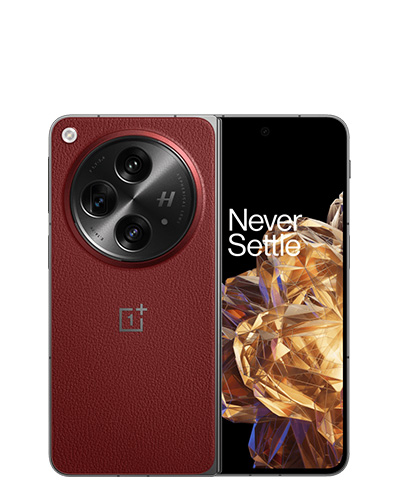
Don’t settle for anything else
Even though it isn’t a new device, the Open continues to be a great choice if you need a new foldable. It is lighter than the Pixel 9 Pro Fold, has brighter AMOLED panels, and its cameras hold their own against what Google is offering. You get a smoother hinge articulation, crease that isn’t as visible, battery that lasts longer, and 67W charging. Basically, it has a lot of features that you’ll actually end up using, but the software is limited; there are useful software features, but the phone will only get three Android updates.
For
- Better design with less visible crease
- Brighter AMOLED panels both inside and out
- Standout cameras
- Bigger battery and fast 67W charging tech
- Good software extras
Against
- Won’t get even half as many Android updates
- Only IPX4 water resistance
Google Pixel 9 Pro Fold vs. OnePlus Open: Design
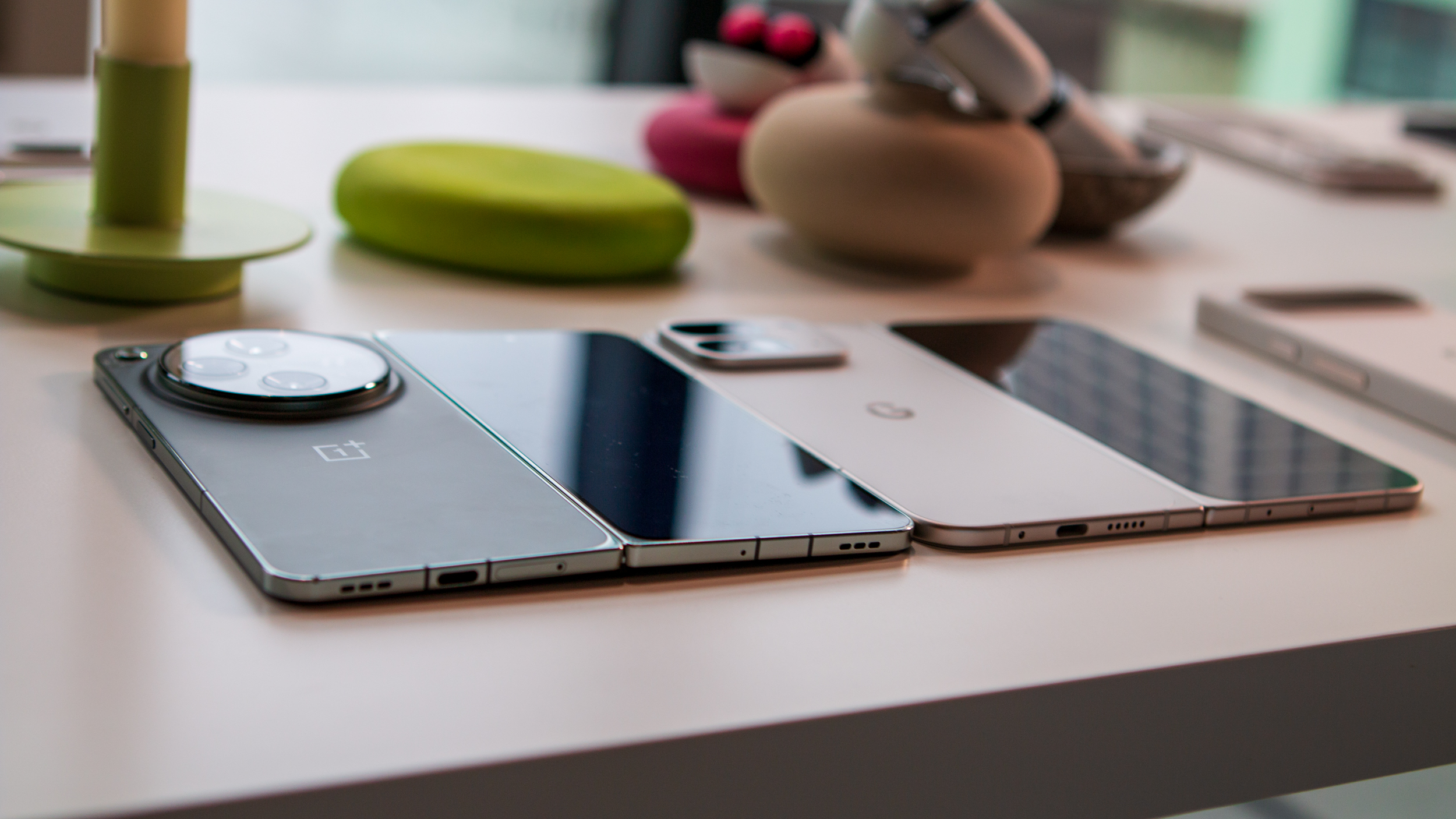
The original Pixel Fold was a showcase of Google’s ambitions, but it was too heavy, and wasn’t available widely. Google is rectifying both issues with the introduction of the Pixel 9 Pro Fold; the foldable is 26g lighter than its predecessor, and is significantly thinner. While it isn’t the thinnest or lightest foldable — Honor and Vivo claimed those niches — it is thinner than the Z Fold 6 and OnePlus Open, and Google is using that to its advantage in North America.
Coming to the design itself, Google did a good job maintaining the same design aesthetic as the rest of the Pixel 9 series, and the dual-stacked camera housing at the back looks great. That said, the defining design feature is the side profile where the cover screen meets the metal chassis, and this is similar to the Open — but a little more prominent.
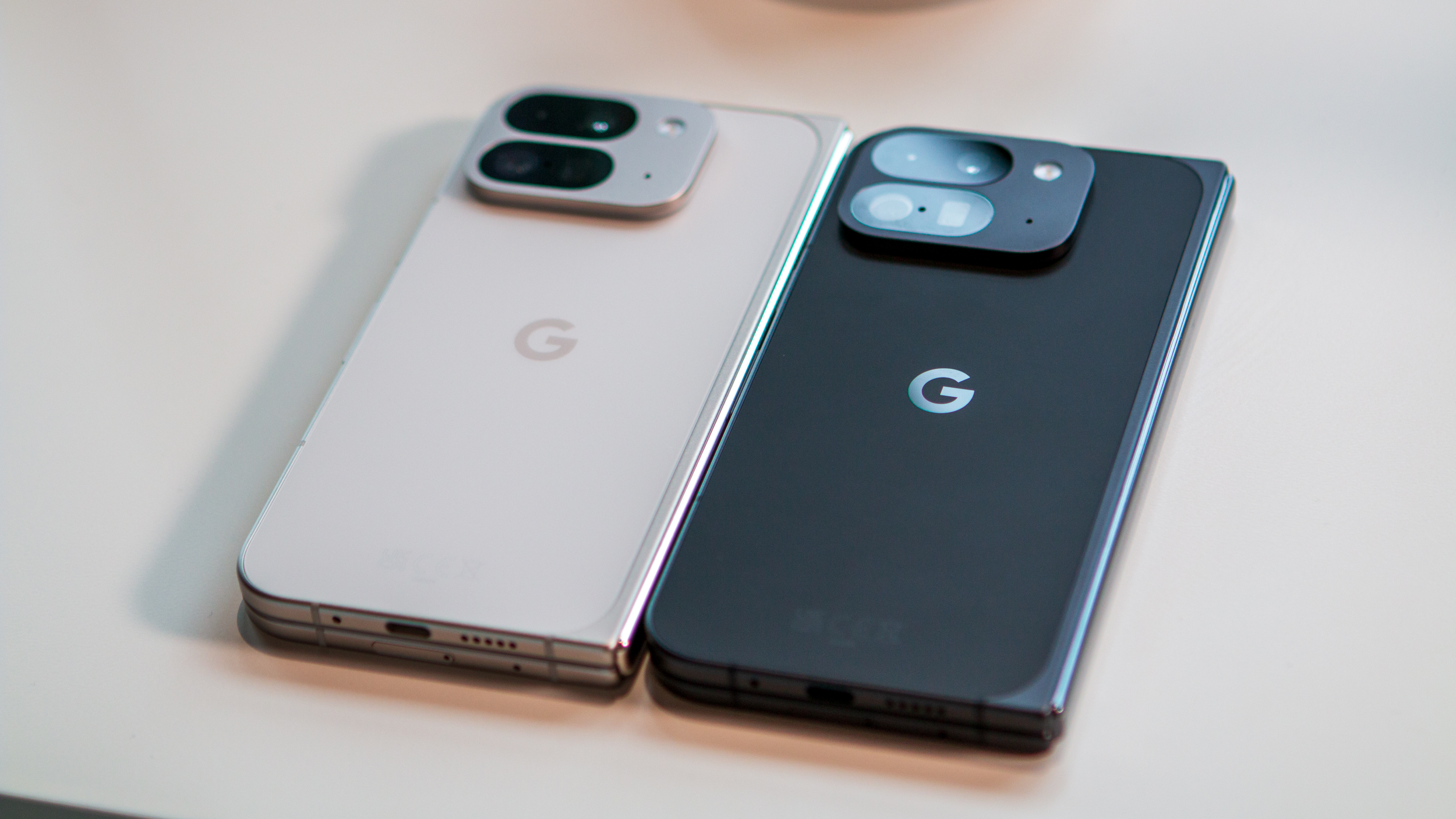
I like the overall design, but coming in at 257g, the Pixel 9 Pro Fold is 18g heavier than the Open while having a smaller battery. Google went with an aluminum frame and upgraded hinge, and while it gets to claim that the foldable is thinner than its rivals, the added weight isn’t ideal. That said, the one area where the foldable has an advantage is water resistance; with an IPX8 rating, it is able to withstand water ingress — the Open only has an IPX4 rating that covers splashes.
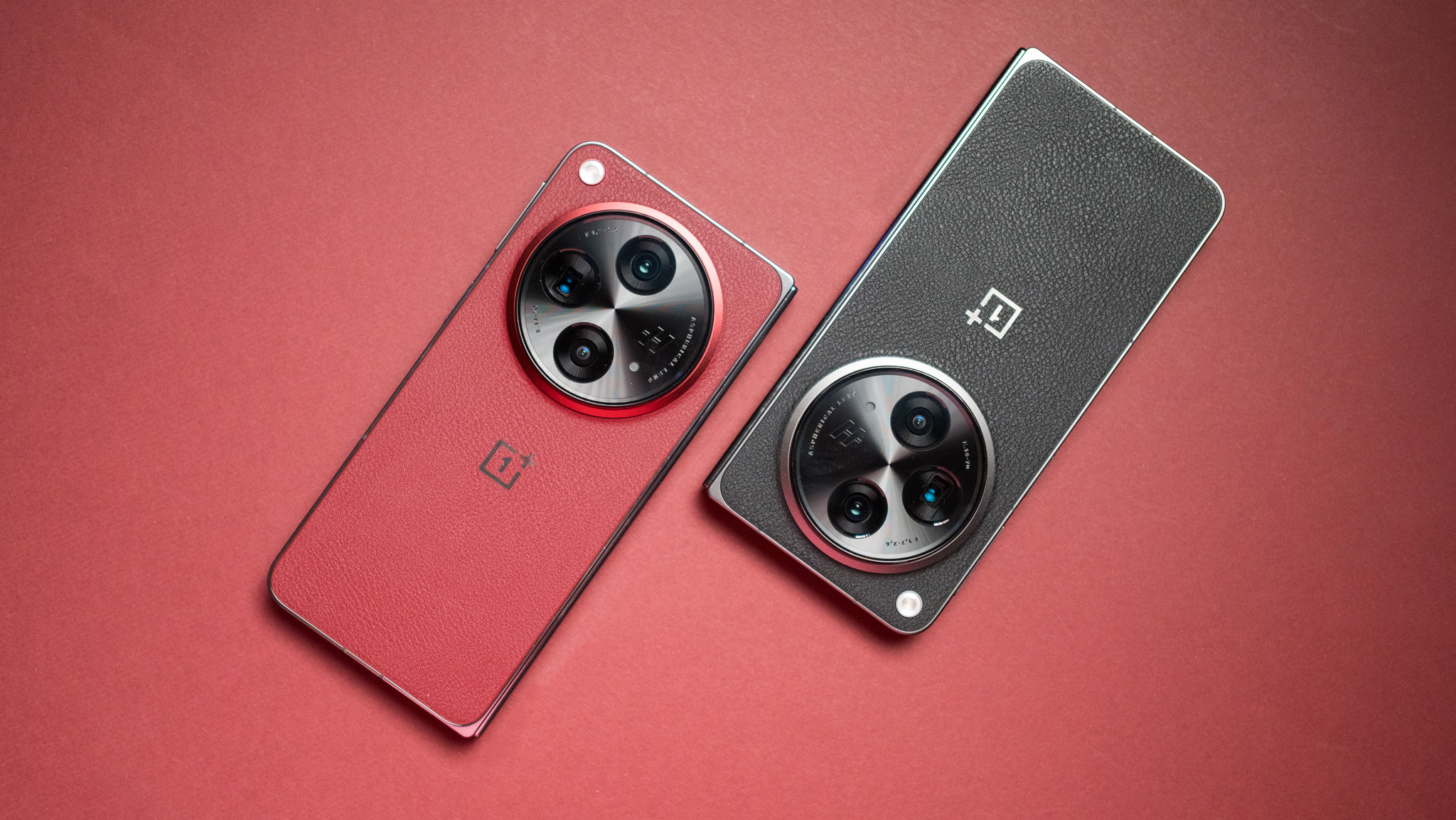
But the Open isn’t without its wins. The foldable has a faux leather back that’s great to hold, and it has a hinge with one of the best articulations in the segment. The crease is barely noticeable in the middle of the inner panel, and OnePlus nailed the design basics.
Google Pixel 9 Pro Fold vs. OnePlus Open: Displays
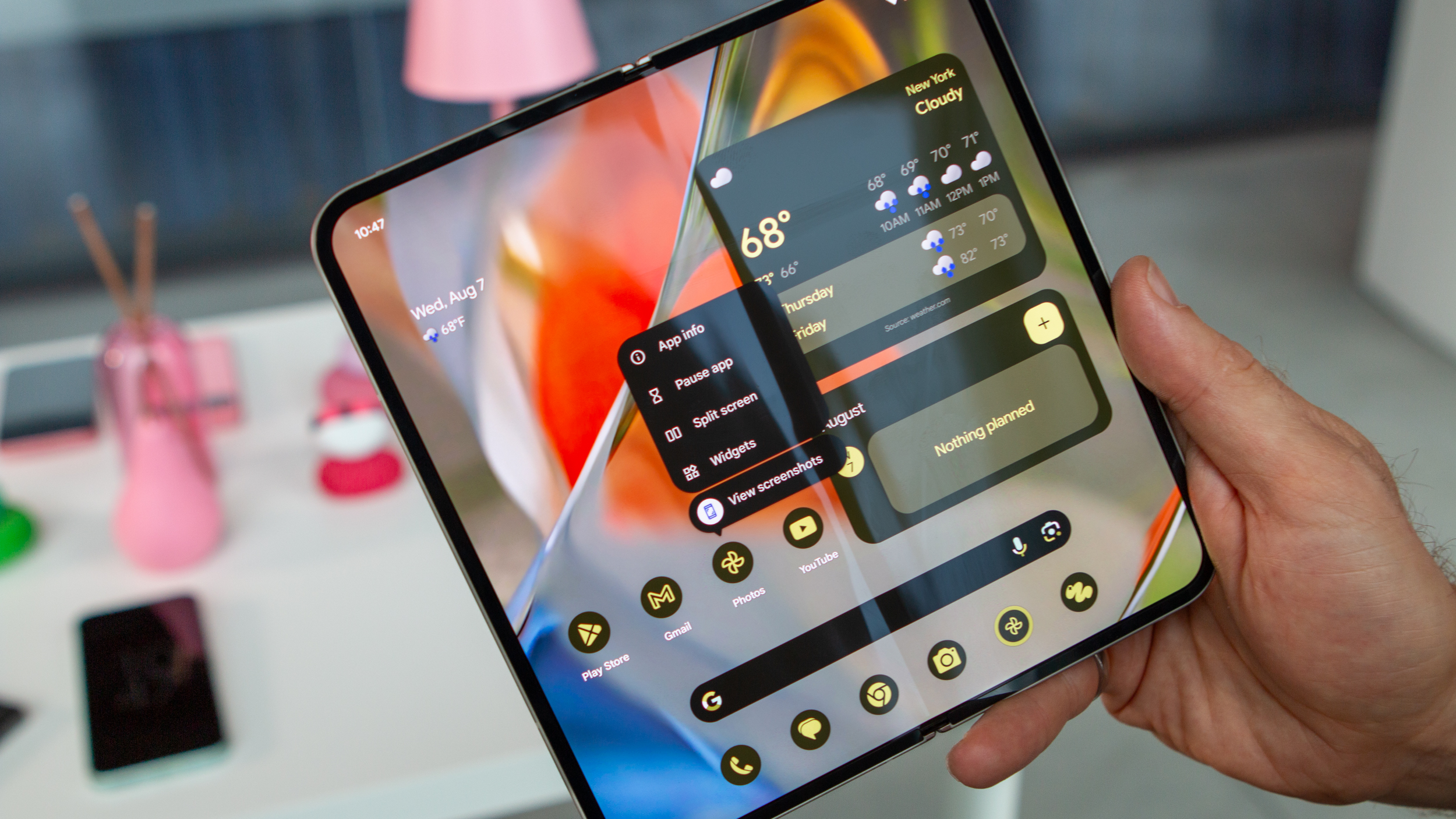
Google clearly liked what OnePlus was doing on its foldable, because it went with a similarly-sized outer panel on the Pixel 9 Pro Fold. The foldable has a 6.3-inch OLED panel with a 20:9 ratio, and the width makes it just as usable as the regular Pixel 9 Pro. In fact, Google went with the same dimensions, and if the foldable looks like it has the panel of the Pixel 9 Pro up front, that’s by design.
While the Pixel 9 Pro has a QHD panel, the foldable uses an FHD+ resolution (2424 x 1080) on the outside, but it still gets 120Hz dynamic refresh and decent brightness levels. The inner OLED panel is interesting as well, as the 8.0-inch size is one of the biggest on a foldable. Like other devices in this category, the inner panel has a plastic layer protecting the screen, and it also goes up to 120Hz and hits the same brightness levels.
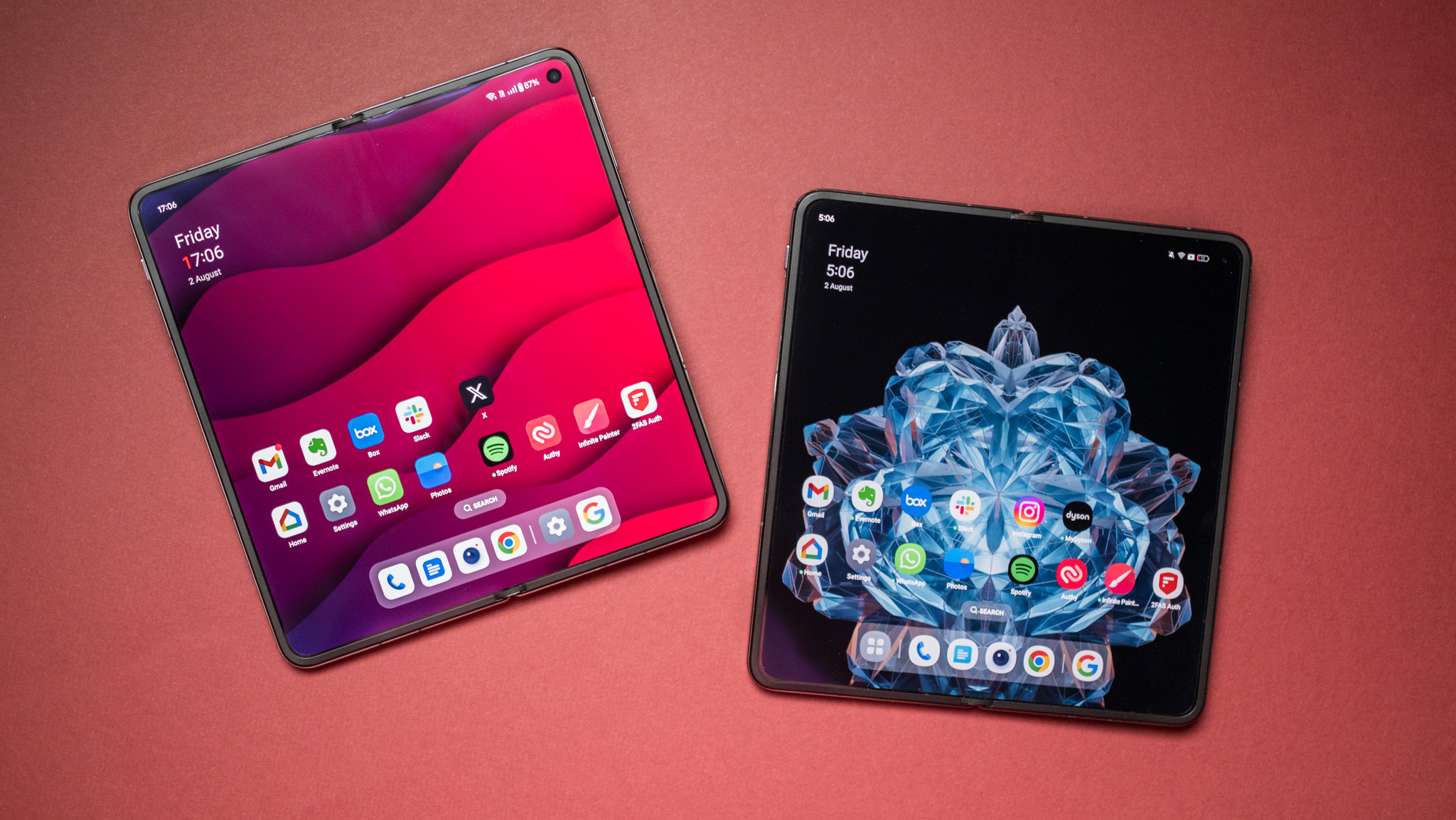
Talking about brightness, the device is able to go up to 2,700 nits in HDR content, and that’s double that of its predecessor. I’ll update this post once I start using the foldable to gauge how bright it gets in regular use, but there shouldn’t be any issues in this area.
The Open is a known quantity, and it has a 6.31-inch cover panel and 7.82-inch inner screen. Both panels get 120Hz refresh with dynamic refresh, have a higher resolution than what Google is offering, and excellent color vibrancy and brightness levels. I used the Open extensively over the course of the last year, and didn’t see any issues with either panel.
Google Pixel 9 Pro Fold vs. OnePlus Open: Hardware and cameras
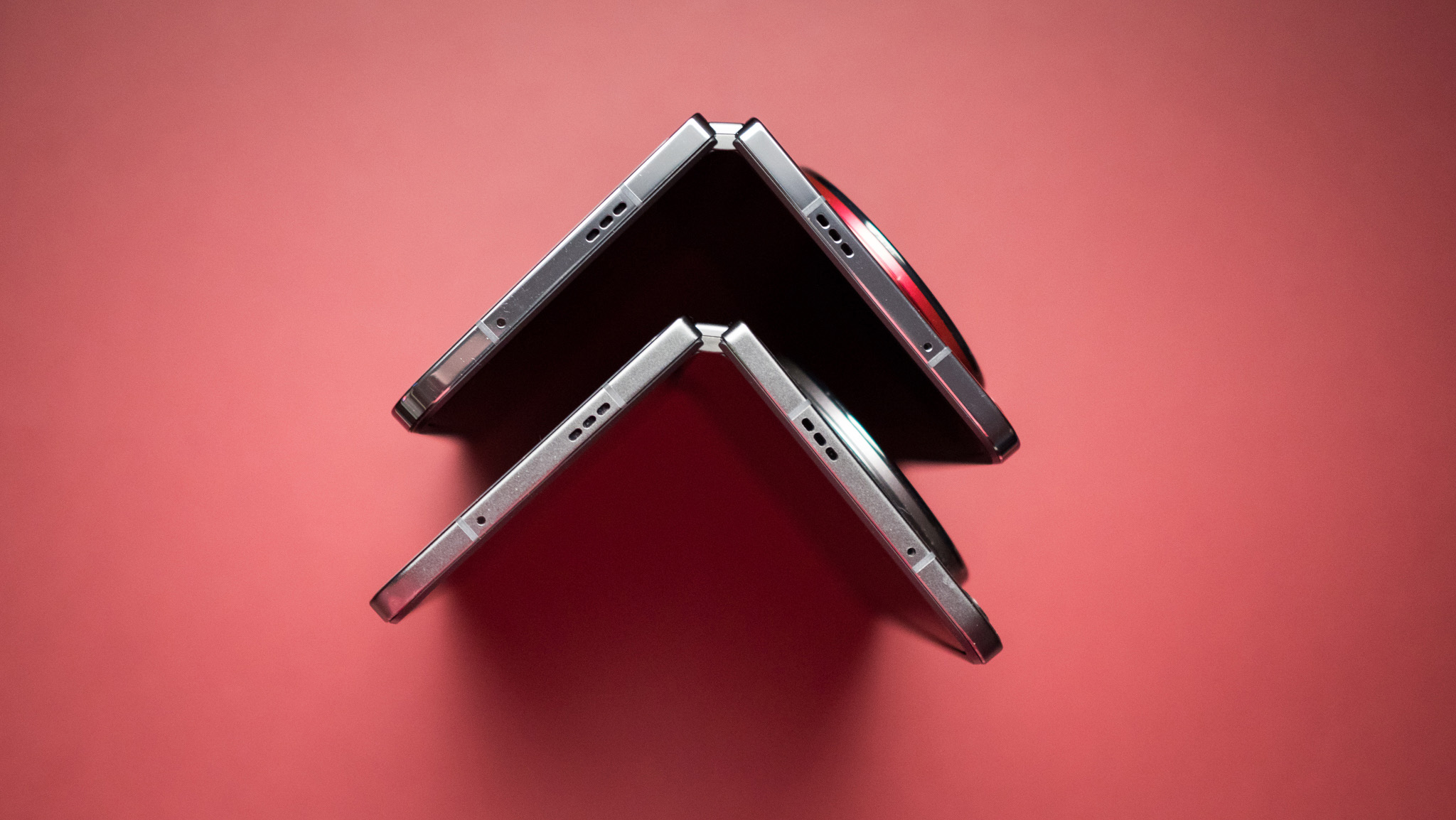
Google has a unique take on the hardware, and while the Tensor G4 platform is technically new, it doesn’t differ too much to the G3. It isn’t as fast as what Qualcomm is offering, but that’s not the point; Google chooses to focus on the AI side of things, as it sees that being a bigger differentiator.
Although the Open is powered by the Snapdragon 8 Gen 2, it is still able to deliver outstanding performance in demanding titles. It is optimized to take advantage of the hardware, and doesn’t have any lag in daily use. While both devices come with 16GB of RAM, the Pixel 9 Pro Fold only has 256GB of storage on the base model, and you’ll need to pay an additional $120 to get the 512GB edition. The Open doesn’t have such shortcomings, and the foldable has 512GB of storage as standard.
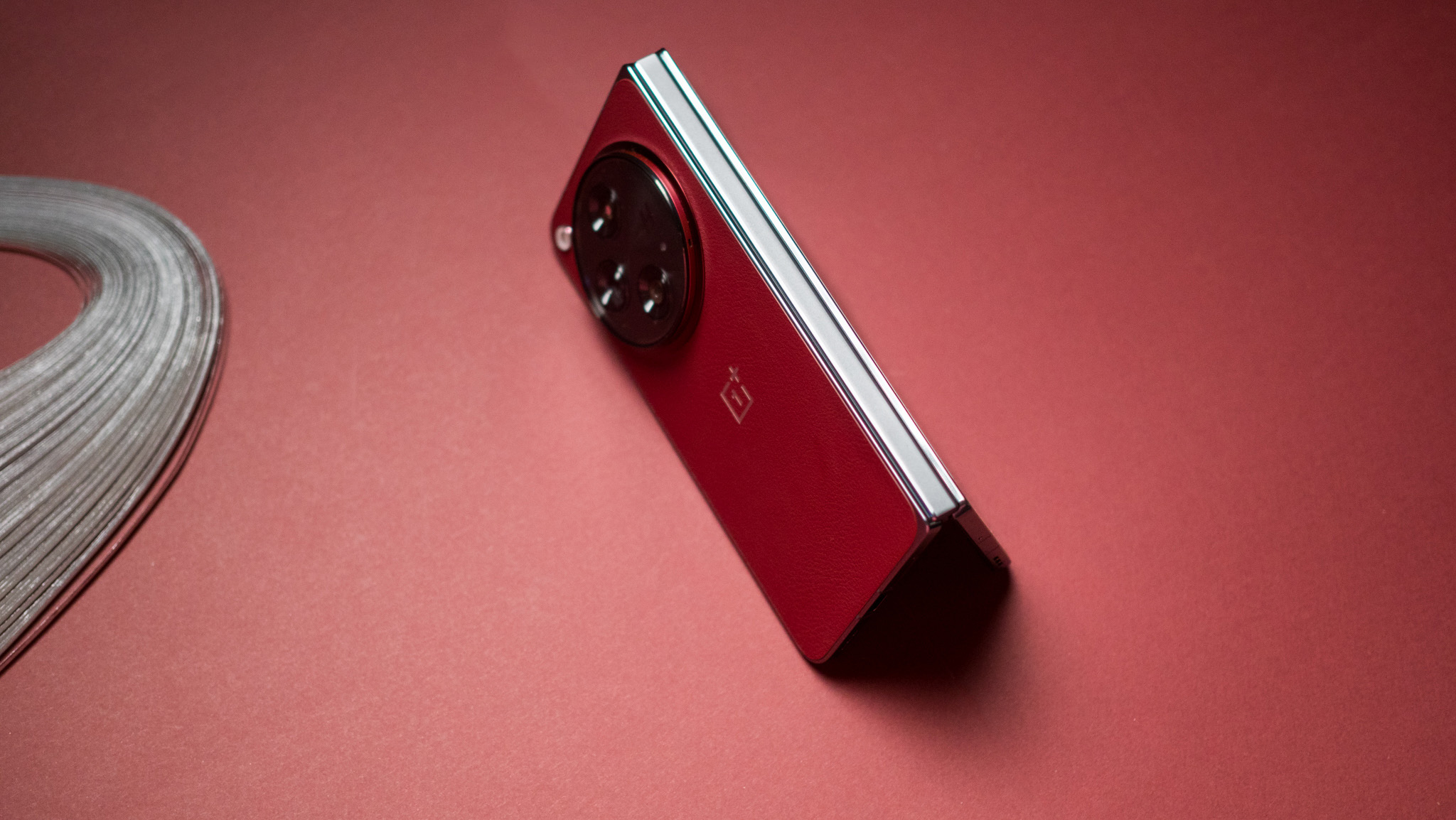
The Open also has a larger battery, but where it has a sizeable advantage is the charging tech; the foldable goes up to 67W, and you can easily charge the battery in under 50 minutes — Google still relies on 21W charging on the Pixel 9 Pro Fold. The Open comes with a 67W charger as well, and that’s an added bonus.
I’m not going into much detail on the cameras, as I’ll still need to get the Pixel 9 Pro Fold and see how it measures up. That said, Google knows how to deliver standout cameras on its devices, and while the foldable isn’t using the latest sensors, it should take great photos and videos.
Google Pixel 9 Pro Fold vs. OnePlus Open: Software
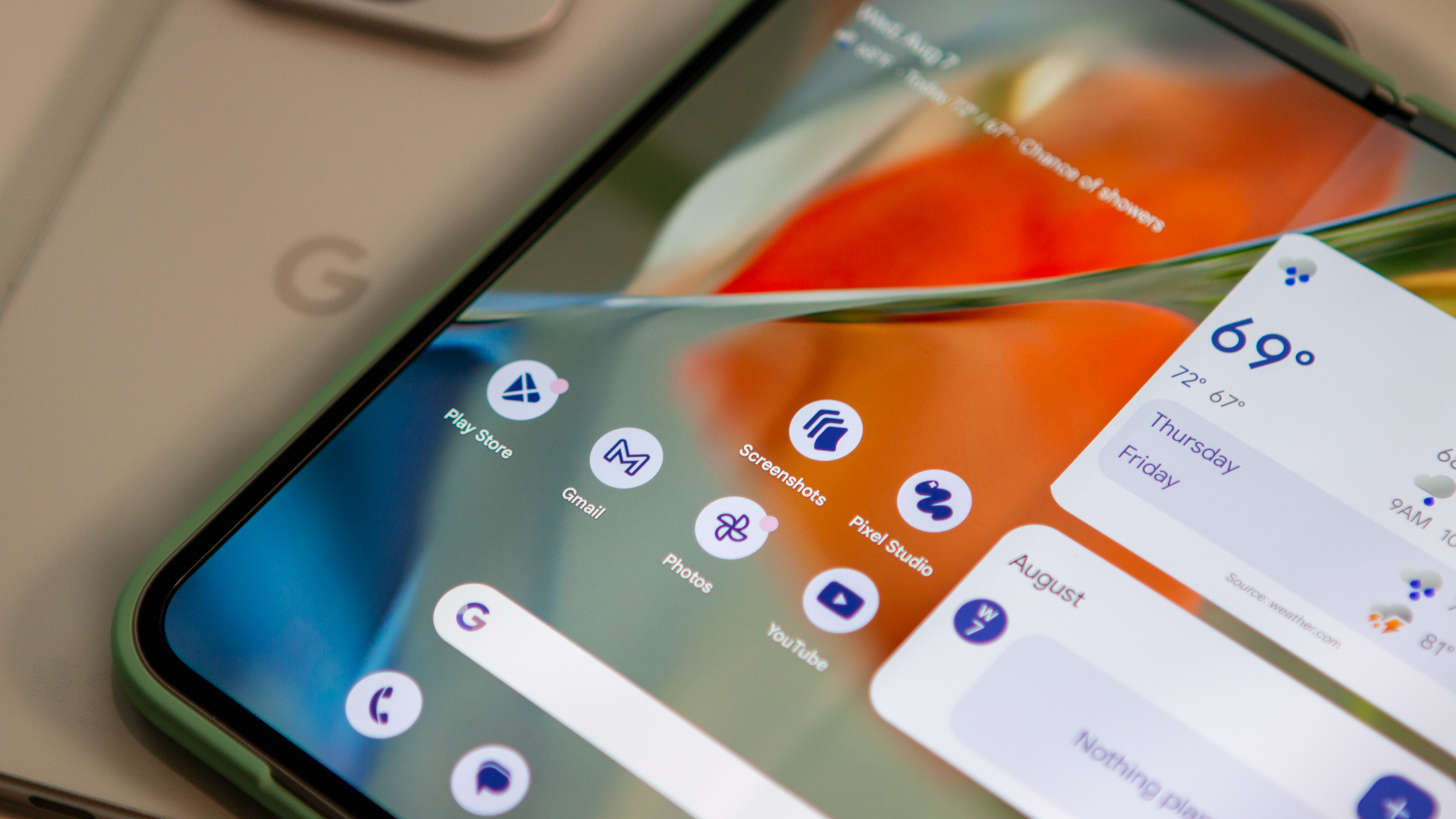
Google has a sizeable lead on the software front, with the Pixel 9 Pro Fold slated to receive seven Android updates. The foldable launched with Android 14, and it will pick up the Android 21 update whenever that becomes available at the end of the decade. By contrast, the Open will get just three software updates, and as it debuted with Android 13, it won’t go beyond Android 16.
Okay, so the Pixel 9 Pro Fold will technically be usable until the end of the decade, but what about the software itself? Google is the only Android brand that has a clean software without any bloatware, and that makes a difference. The Material You design has a decent amount of customization, and the bright accent colors are great to use. It may not be to everyone’s tastes, but I prefer it to other Android skins.

I’ll admit that OnePlus did a good job on the software side of things. Although OxygenOS has a cluttered interface, you get a lot of unique software features designed to maximize the real estate of the inner panel, and multitasking is a breeze. You get a few AI features as well, and they aren’t gimmicky.
But when it comes to AI, no manufacturer comes close to Google. The Pixel 9 Pro Fold has a slate of new features in this regard, with the likes of Pixel Studio allowing you to create stunning imagery in a matter of seconds. There are lots of other Google-focused utilities that rely on AI, and most of it is handled on-device.
On the whole, if you want a clean UI with AI features you’ll use daily, the Pixel 9 Pro Fold is the device to get.
Google Pixel 9 Pro Fold vs. OnePlus Open: Which should you buy?
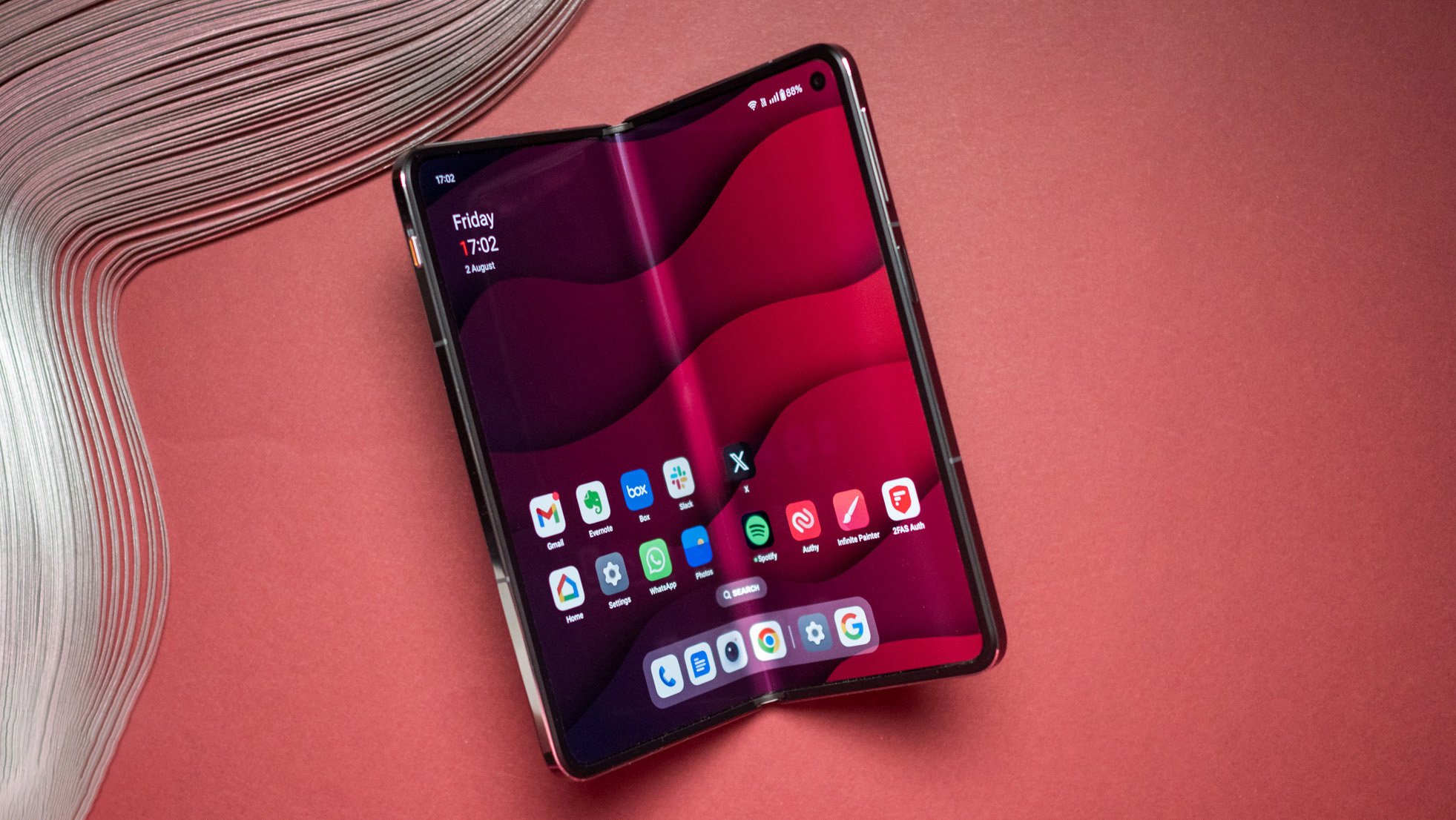
This is an easy one to sum up: if you need a new foldable, you should get the OnePlus Open. It may be a year old, but it’s still one of the best foldables around. It has a gorgeous design, the leather back is great in daily use, and you get a smooth hinge with no visible crease. The cameras are terrific, there are no issues with battery longevity, and it charges at 67W.
The only point of contention with the Open is that it will get just three Android OS updates, and having launched with Android 13, that means it won’t be updated beyond Android 16. That just isn’t enough in this category, and to put things in context, the Pixel 9 Pro Fold will get the Android 21 update when that rolls out at the end of the decade. Obviously, you’re not going to use the device that long, but long-term updates absolutely make a difference in the resale market.
To its credit, the Pixel 9 Pro Fold gets a lot right; I really like the design, the OLED panels are brighter than its predecessor, and it has decent hardware. The biggest selling point is the software and cameras; Google’s clean interface combined with the latest suite of AI features make the Pixel 9 Pro Fold a true powerhouse, and while it may not have the latest sensors, the foldable should take standout photos and videos.
There’s the cost to consider as well. You can get the 16GB/512GB version of the OnePlus Open for $1,399 in the U.S. and ₹1,39,999 ($1,667) in India, and the same model of the Pixel 9 Pro Fold costs a ridiculous $1,919. Google doesn’t even sell the 512GB model in India; the 256GB version is available for ₹1,72,999 ($2,061), and you can get the 1TB OnePlus Open and have enough left over to buy a swathe of accessories.

Settling in
Google has a lot to offer with its latest foldable, and if the inflated pricing doesn’t daunt you, then you should just pick it up. The outer and inner OLED panels are much better than last year, the software has the best suite of AI-based features available today, and you get versatile cameras at the back.

Don’t settle for anything else
If you don’t want to spend too much money but still want a great foldable, the Open is the way to go. I used the foldable a lot over the course of 2024, and it has been outstanding. The software has a ton of cool features, the battery easily lasts all day, and it takes phenomenal photos. The only limitation is the number of software updates, but if you’re willing to look past that, it is still an easy recommendation.





